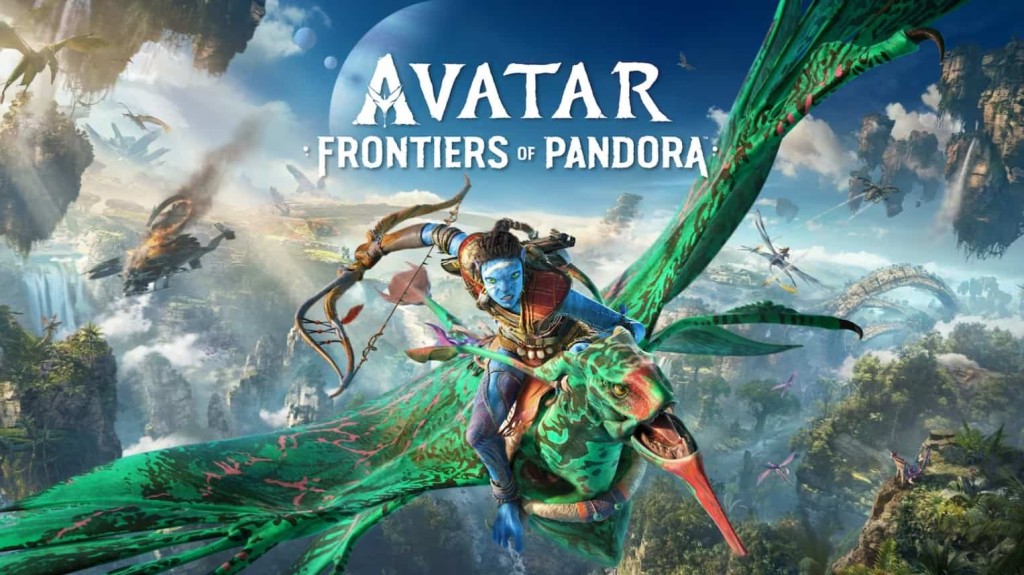When you explore such a beautiful world, you are in awe as you witness the incredible scenic landscape on top of the floating mountains during your venture to tame your first flying mount, accompanied by an excellent musical score, making you appreciate the wonders of its world in silence. Avatar: Frontiers of Pandora is one of those games that left a huge mark in my life, much like its 2009 and 2022 films.
To be able to witness the culture of the Na’vi first-hand is no other. I got myself engrossed in such a way that the game managed to suck me into its universe like I was in another world. The game is immersive enough to keep me wanting to explore Pandora’s western front. Its forests and landscape are brimming with life, and its unique flora and fauna can be dangerous or friendly; you won’t know until you get too close and scan through all life with your Na’vi senses.
Avatar: Frontiers of Pandora is a beautiful gift, and to live the Na’vi life has never felt so engaging, all thanks to Eywa.
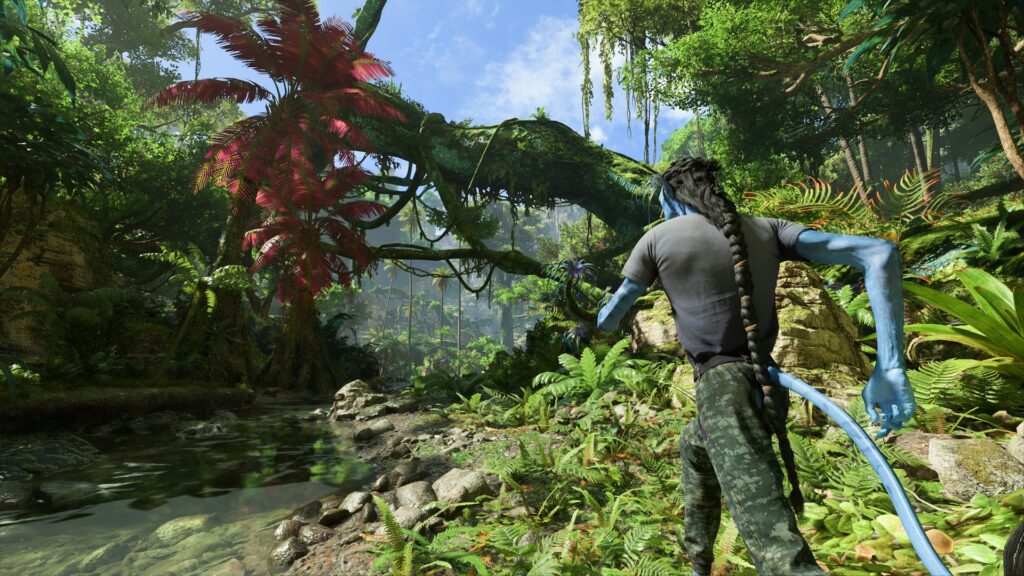
The story starts off with you as a captive, along with other Na’vi, in human hands, growing all of you to know its culture and tradition and to become an asset to the Resource Development Administration, commonly known as the RDA in the Avatar universe. As the first film’s events reached its ultimate climactic battle, word got across to the western front of Pandora, signaling all RDA personnel to evacuate and kill any Na’vi in sight. However, you and your friends have been saved by the same person who taught you how to think and live like a human in her Avatar form. After being put into cryo-sleep for fifteen years, a group of Resistance members pulled you out of the cryo-bed, only to learn that you’ve been asleep for more than a decade and that the Resistance will need the help of the remaining Sarentu clan members to bring all Na’vi clans in the western front to join forces and defeat the RDA once and for all.
The plot direction was predictable in most cases. Still, I got to appreciate the story, all thanks to how consistent the game was with its pacing, not leaving you hanging after pivotal moments of its narrative. Much like how the recent Star Wars games have stayed true to their source, I liked how the story stayed consistent with James Cameron’s universe all thanks to the collaboration between Lightning Storm Entertainment and Massive Entertainment.
While I do love how Frontiers of Pandora’s story didn’t stray away much from its roots, I wished the main story could have included more exciting beats that would’ve made it even more engaging, like its “Take Flight” main mission and its side-quests. They put more soul into the side-quests, where I’ve invested most of my time. I got to learn more about the Na’vi and its traditions, heritage, and principles, and how important Eywa, a guiding force the natives call their great mother, is, despite how each of the Na’vi clans differs from one another.
Even if the story isn’t Frontiers of Pandora’s strongest suit, its world-building hooked me to play and discover more about Pandora.
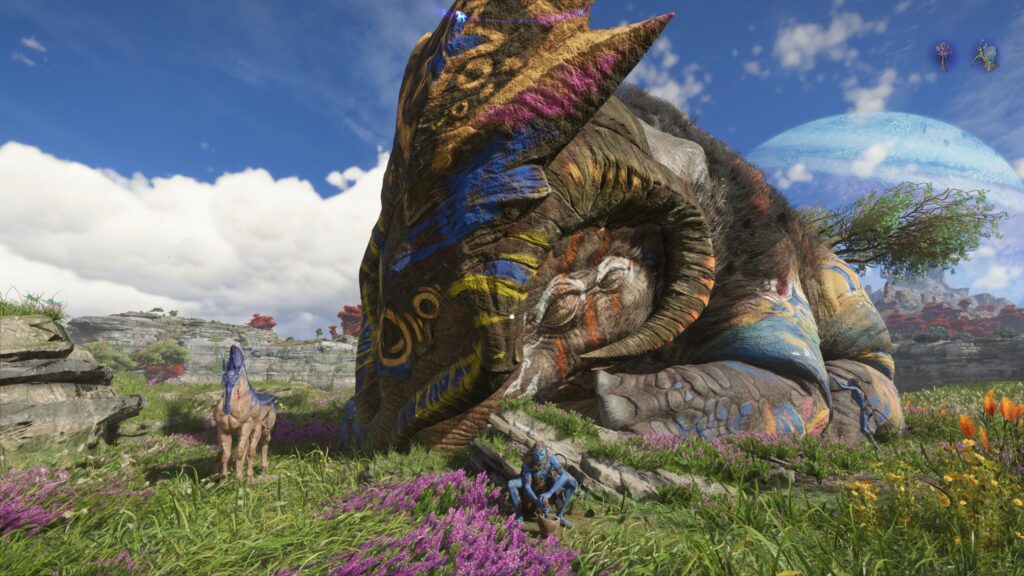
World-building is where the game excels the most. As you’re introduced to the beautifully created world of Pandora, the number of activities you’ll tackle sends you off on an overwhelming yet enjoyable adventure. You get to live your life as a Na’vi, and by doing so, you’ll learn their ways, from hunting giant hammerhead animals to cooking your first exquisite meal. You’ll also appreciate how alluring all the biomes are, from the vast open lands of the Upper Plains where you can ride your Direhorses to your hearts out, to flying over the tall trees of the Kinglor Forest region with your Ikran.
The game encourages exploration, and with less handholding, even if you have chosen quest guidance “Guided” over “Exploration,” you will have to rely on the Na’vi senses to navigate through Pandora’s beautifully dangerous forests and lands. This highlights the tracked mission with a vast blue glow; it even highlights points of interest in yellow, weak spots, and allows you to analyze the flora and fauna around you. In the film, Na’vi don’t have access to advanced technology; they rely on their knowledge of their land, their skills in crafting, the ability to hunt for food and supplies with bows and wooden spears, and especially their heightened senses. Massive Entertainment admirably follows that thought, and they incorporated the Na’vi senses perfectly in the game.
It’s a great, reliable feature, but it also has one major problem I can’t wrap my head around. Using Na’vi senses, one can identify the marked materials by highlighting them in yellow; the same goes for animals. However, one particular upgrade called the Eye for Quality doesn’t seem to work. When you get the upgrade, it’s supposed to give you a “stronger highlight” on “veteran and mature animals” when you use the Na’vi senses, but it doesn’t. It gives me the same yellow highlight without any nuances that tell me it’s a veteran or mature variant of the animal, and I still have to rely on the game’s “inspect” feature to know if it’s an adult or not. This makes the Eye for Quality upgrade worthless.
Despite all the similarities the game has with Far Cry and Guerilla Games’ Horizon franchise, it’s clear that Frontiers of Pandora tries to be unique by giving us a sandbox worth exploring, while also punishing players who may end up killing its native fauna senselessly by disabling the character’s Na’vi sense ability as the game teaches you to be kinder and more respectful to all life around you.
Frontiers of Pandora also encourages you to cook a lot as it will give you the perk to heal automatically when you’re hurt and gain additional timed benefits that can be helpful in combat. While this can easily be ignored, survivability is one of the game’s focuses, so if you ever decide to skip a meal and your Na’vi character is hungry, there’s a more likely chance you’ll get killed in combat after you use up all your limited healing pods.
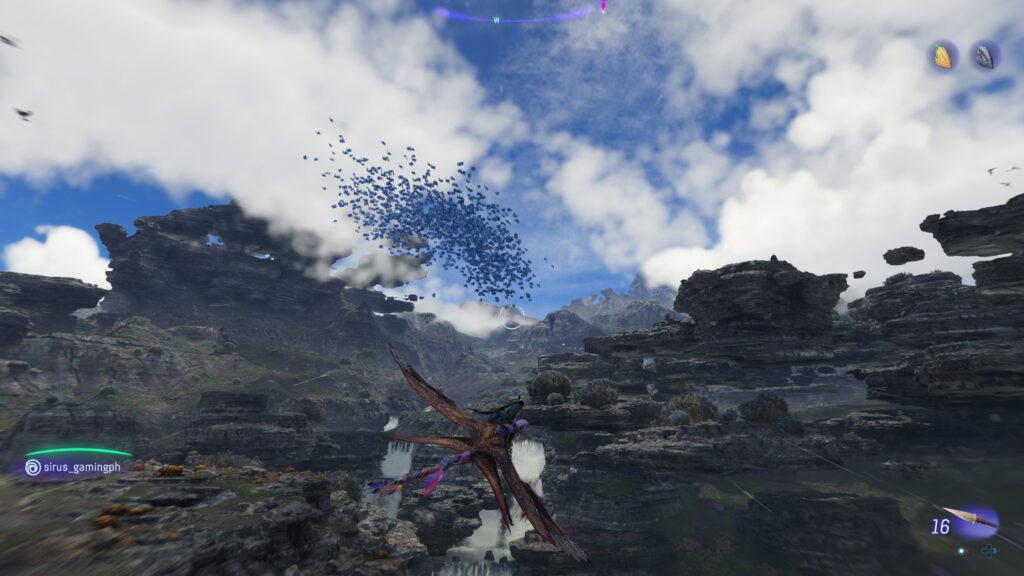
Massive Entertainment is known for its third-person shooter game, The Division, and this is the first time they have developed a first-person shooter. I’m particularly impressed with how well the studio created a solid open-world first-person shooter experience.
Combat gives off that Far Cry vibe, and that’s a good thing, and it’s one of the things I love about the game! Landing successful critical arrows at an enemy feels satisfying and impactful, even if using an RDA assault rifle feels iffy, and the recoil goes all around – Na’vis don’t use human weapons well in their defense – the overall controls are built with a solid foundation as aiming feels fluid even with a controller.
Another thing I love about Frontiers of Pandora is the flight experience on an Ikran, or Sky Banshees in RDA human language. It’s well developed in the sense that I’m able to fly an Ikran and battle Scorpion Gunships in the sky without any setbacks. It felt so natural that doing barrel rolls and immediately striking the gunships down with a bow and arrow was satisfyingly entertaining. Despite all the fun I had flying an Ikran, it’s underutilized in most cases, and it doesn’t have a lot of mission content that would require you to use an Ikran. I’m hoping in their upcoming story expansions the Ikran will have more engaging missions that will heavily utilize its mobility in the skies.
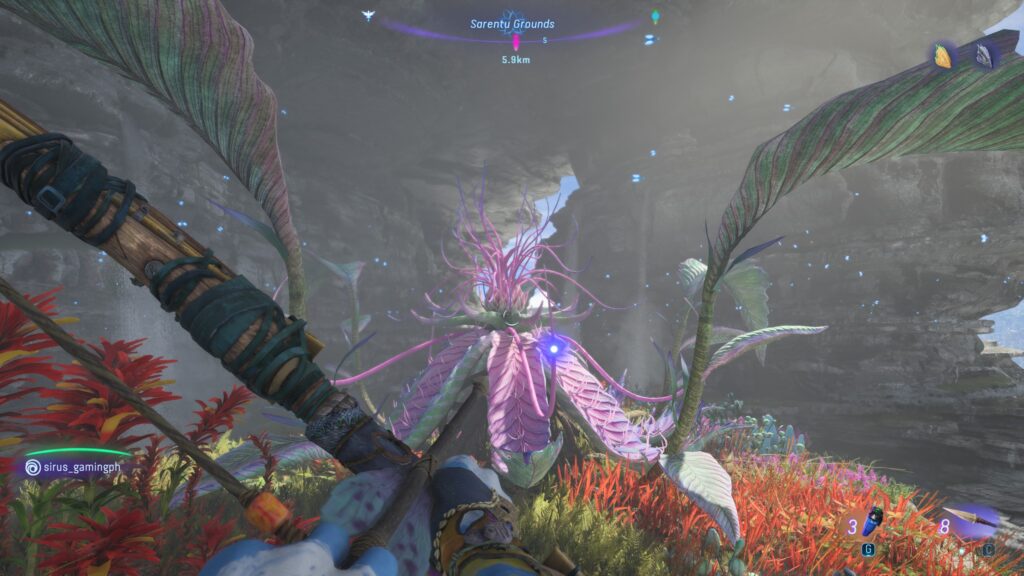
Frontiers of Pandora performs well on PC, and it’s impressively stable and runs consistently at 60 frames per second with little to no hiccups. I’ve played the game with a 12th-generation Intel Core i9 with an RTX 3080 Ti and 64 GB DDR5, utilizing a WD Black NVMe 1-terabyte SSD. The visuals are undeniably striking, especially its well-crafted musical score that would give you the chills during pivotal moments in your playthrough.
Avatar: Frontiers of Pandora deserves recognition for staying faithful to its source material. Fans of the Avatar franchise will love what Massive Entertainment created. Despite the flat and predictable story, I enjoyed the significant amount of content it offered, plus the co-op feature where I got to experience the entire campaign with my wife. Frontiers of Pandora showcased the beautiful world created in the Avatar universe by James Cameron perfectly, its incredible flora and fauna, and the scenic views from atop the Hallelujah Mountains.



